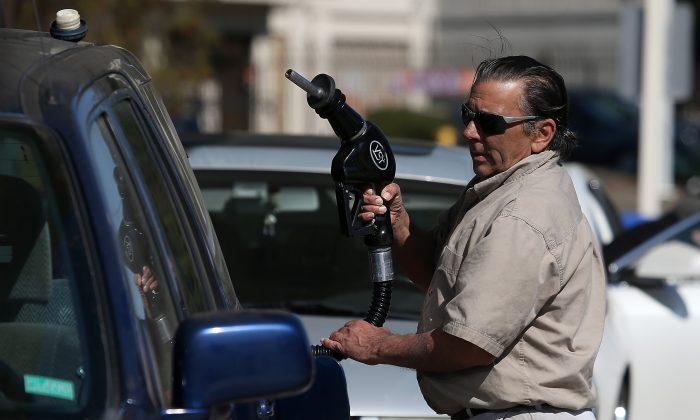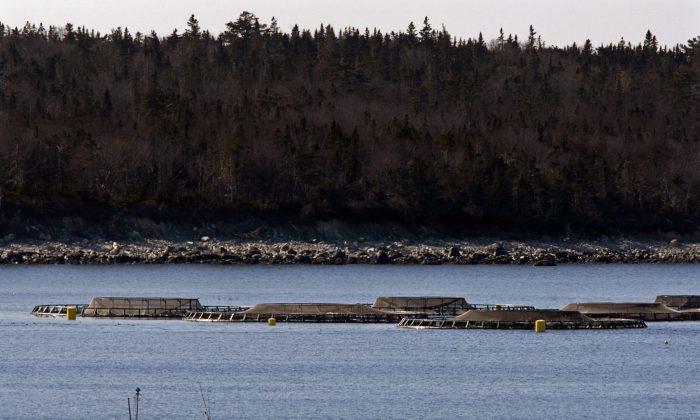Hell’s Gate is a much more interesting way of thinking about oil than price. But value depends on what is meant by “price.” Since most people will think of dollar value, and this is the current subject of interest, cheap oil deserves to be set in context.
Oil is cheap because the market is glutted, not because we have an abundance of oil—a distinction that isn’t always evident in its pricing. Oil is still a commodity that is becoming increasingly difficult and expensive to find and extract as resources deplete and use continues to climb.
The global consumption of nearly 93 million barrels per day represents an increase of about 11 percent in the last decade, despite the dampening effects of an unprecedented recession, a slow economic recovery, increased efficiencies, and alternate fuels. Meanwhile, the International Energy Agency is predicting another 7 percent rise over the next five years. So, why has the per barrel price of oil fallen from over $100 to under $50 in the last year?
Expensive shale and oil sands oil have merely relieved some of the temporary supply pressures. Rather than reduce production to keep the price of oil high, the major supplier of conventional oil, the Organization of Petroleum Exporting Countries (OPEC), has decided to maintain production in order to reduce the price. By cutting production, OPEC would make the expensive suppliers of alternate oil profitable, something it doesn’t want to do.
So the falling price of oil is really an engineered effort by OPEC to enhance its monopoly by reducing nonconventional production—it’s a price war, not a supply war. Producers of expensive oil will suffer financially until the economic costs force them to cut production; consumers of cheap oil will benefit until production inevitably falls and the price goes up again. Expressed differently, we have just enough conventional oil to meet our present demands and OPEC wants the control to assure the situation stays that way.
But, while we’re fretting or rejoicing about present oil prices, we can consider the situation from another perspective. An interesting alternative is provided by freelance writer Garth Woodworth in “Our Deadliest Addiction.” If daily global consumption is nearly 93 million barrels per day, then global consumption is nearly 34 billion barrels per year, a number too large to conceptualize. So here are some helpful comparisons.
Visualize All That Oil
Our daily global consumption of oil can be represented as a stack of oil barrels about one-fifth of the way to the moon; our global annual consumption would compose 80 stacks to the moon. To get about half of this oil distributed around the planet, we need about 4,000 tankers, the smallest of which are over 30 meters wide and 300 meters long (about 98 feet wide and 984 feet long)—the other half of the oil is distributed by pipelines.
Or consider, as Woodworth suggests, the Fraser, Canada’s fifth largest river. About 250 km from its estuary at Vancouver is Hell’s Gate, a narrow canyon where the mighty Fraser is constricted to a rocky channel about 34 meters wide and 53 meters deep. All the river’s water rages through it at about 17,000 barrels per second, twice the volume that spills over Niagara Falls. The amount of oil consumed by the United States in one day would be represented by nearly 20 minutes of this flow; the daily world consumption would take 92 minutes; the global annual consumption would take 23 days.
This begins to explain why the world’s tankers and pipelines are so busy transporting oil, and why the drilling, fracking, and pumping have become a frenetic human activity that, however ambitiously heroic, has a limited future. Indeed, the sheer magnitude of the oil-to-energy enterprise is overcast by a suicidal shadow. Earth’s strata cannot continue to supply such vast amounts of oil; Earth’s biosphere cannot continue to absorb the burning of such vast amounts of oil.
The Hell’s Gate analogy is particularly appropriate considering that about 85 percent of a 138.8 kg barrel of oil is carbon, so for each barrel burned to produce energy, about .472 tons of carbon dioxide is added to the atmosphere.
Oil, from an environmental perspective, has never been cheap. Beyond the devastating consequences of spills from drill sites, pipelines and tankers, all oil consumption is inherently destructive. Its carbon emissions are virtually uncontrollable.
It’s a crude fuel with a disturbing past and a dark future. It is better used in more benign and manageable products as miscellaneous plastics and synthetics. And because of oil’s unstable value as a commodity—recently demonstrated by OPEC—it’s an unreliable resource upon which to base an economy. It almost invariably produces bad governments, fragile prosperity, unequal wealth, dysfunctional conditions, and impaired societies.
The river of oil presently brought to the surface by herculean human effort is poisoning almost everything it contacts. It is a kind of Hell’s Gate, an entry through which the worst of the underworld gushes upward to pollute and poison.
Ray Grigg is the author of seven internationally published books on Oriental philosophy, specifically Zen and Taoism. This article was previously published on TroyMedia.com.




Friends Read Free